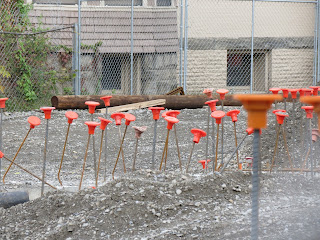On November 8, 2018, New York City Department of Buildings tweeted about extending the deadlines for construction training under Local Law 196 of 2017.
Click here to see the tweet. This pushes back the training requirements deadline from December 1, 2018, to June 1, 2019. Currently, to work on most construction projects all that is required is an Occupational Safety and Health Administration (OSHA) 10-hour construction safety course card. This requirement will continue to be required until June 1, 2019.
After June 1, 2019, construction workers will be required to have 30-hours of training either by taking an OSHA 30-hour construction safety course or by getting 20 additional training hours over the OSHA 10-hour construction safety course. Those 20 additional training hours must consist of an 8-hour fall protection course, a 4-hour scaffold user course, and an 8-hour site safety manager refresher course.
The next deadline has also been extended to September 1, 2020. That deadline will require individuals taking the OSHA 10-hour construction safety course to take 30 additional hours of training or those individuals taking the OSHA 30-hour construction safety course to take 10 additional training hours. For more information
click here for the NYC Buildings Department November 2018 Service Update explaining these changes and requirements.
Related Articles:






